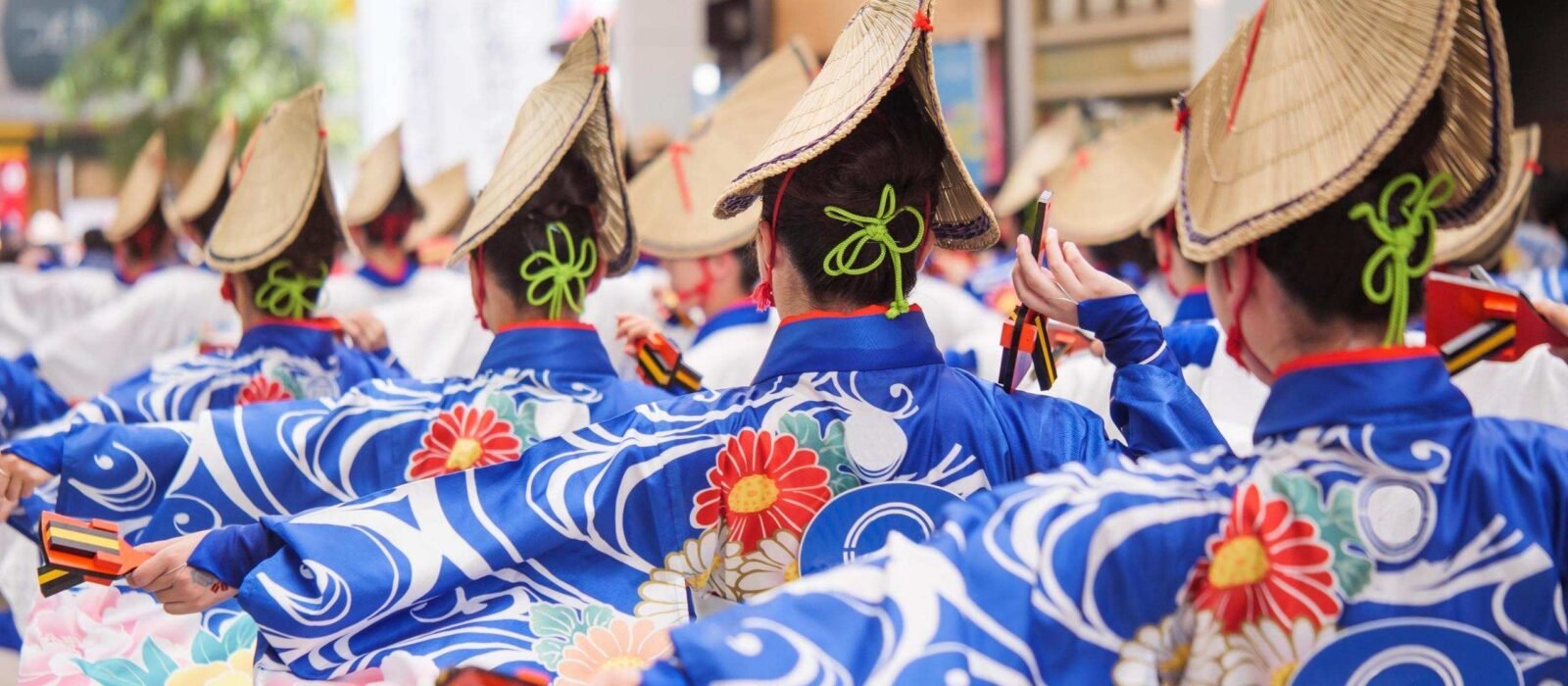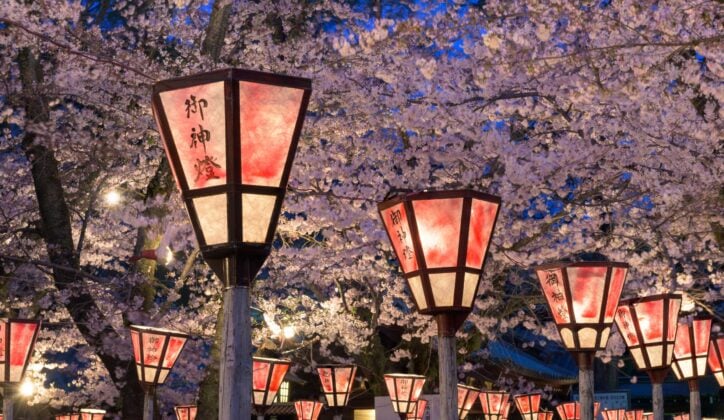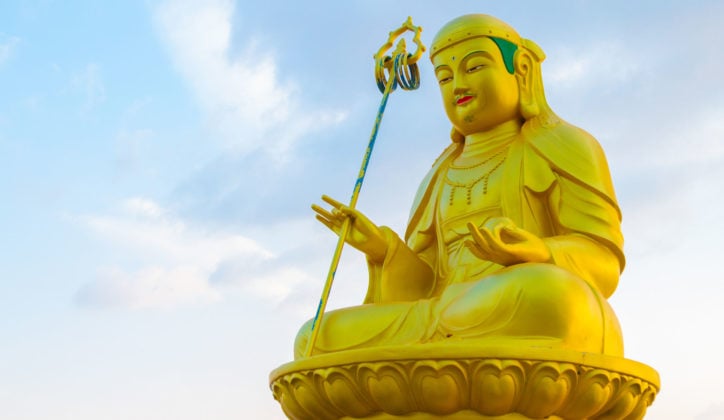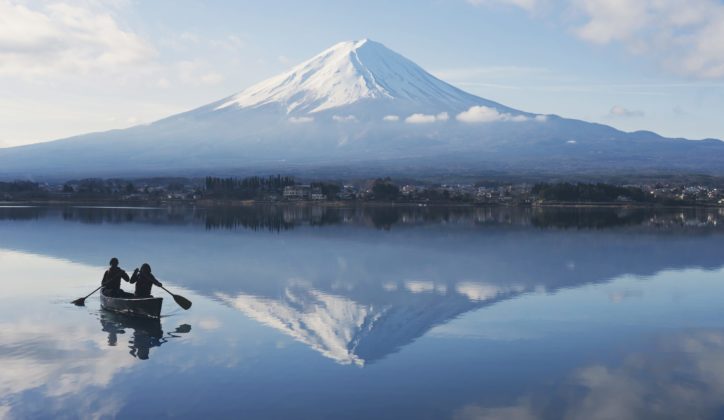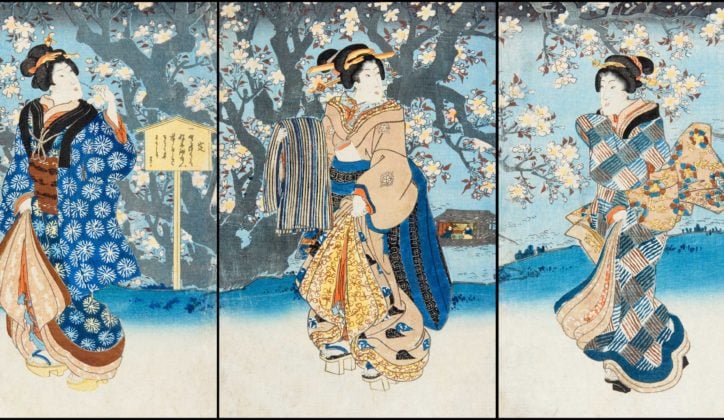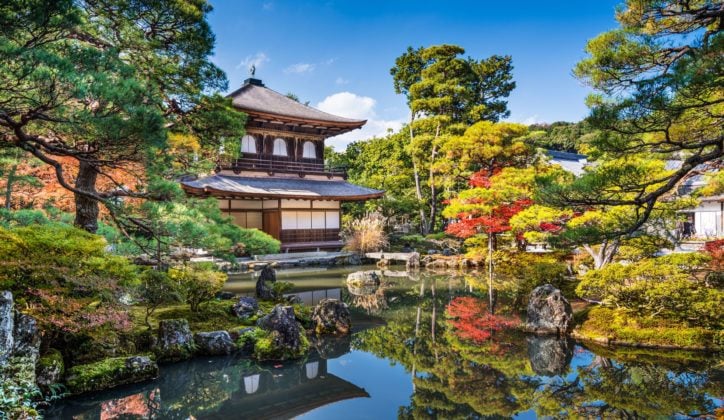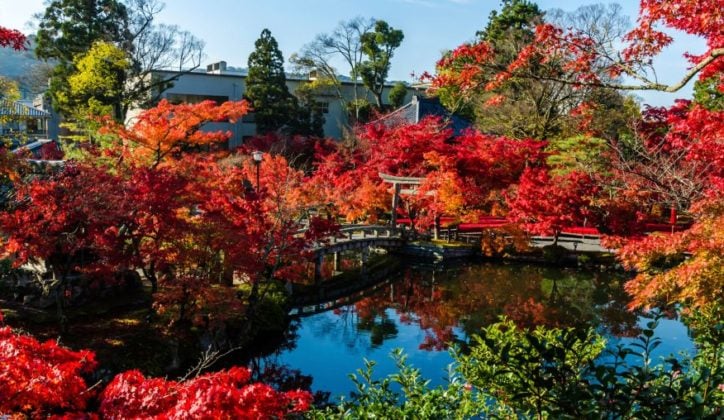Published on: March 7th, 2024
Last modified: April 19th, 2024
Japan is a country that knows how to celebrate. With thousands of festivals held throughout the year, it’s not hard to align your itinerary with some local festivities. Known as matsuri, these events feature everything from phenomenal floats and fireworks to spring flowers and snow sculptures. Here are just a few of the best festivals in Japan to experience for yourself.
1. Gion Matsuri
The Gion Matsuri is one of the most famous festivals in Japan, celebrated throughout the whole month of July in Kyoto. The main events are the vibrant parades on 17th July and 24th July, when enormous floats called yamaboko take over the city. On the three evenings leading up to these parades there are also lively street parties featuring yatai (food stalls) as well as the Byobu Matsuri (Folding Screen Festival), which gives visitors a glimpse into local homes.
Need to know: Despite its name, the Gion Matsuri isn’t celebrated in the Gion geisha district; its main festivities are centred around Shijō Street in downtown Kyoto.
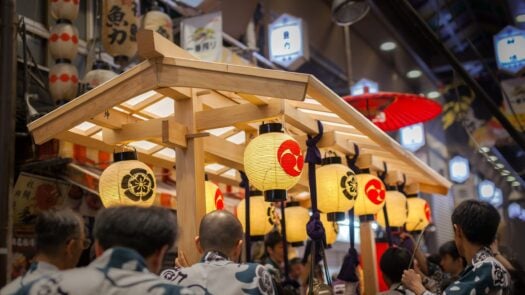
Aomori Nebuta Matsuri
If massive, glowing floats depicting whimsical characters sound like your thing, the Aomori Nebuta Matsuri is for you. This legendary festival takes place from 2nd to 7th August in Aomori City, at the northernmost tip of Honshu Island. The intricate floats, or nebuta, are paraded through the streets alongside haneto dancers in traditional garb. To conclude the festival, the floats literally float across Aomori Bay on boats, creating a truly unique spectacle.
Need to know: If you want to participate directly in this festival, all you have to do is find a traditional haneto outfit to wear and join the groups of dancers.
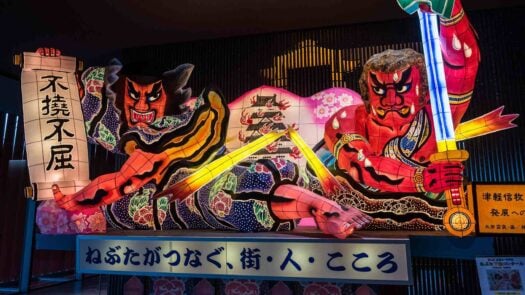
Sapporo Snow Festival
Known locally as the Yuki Matsuri, this famous Japanese festival transforms the city of Sapporo into a winter wonderland every February. The weeklong festivities involve enormous sculptures made of snow and ice, as well as concerts and kid-friendly activities like giant snow slides. Make sure to sample delicious street food like yakitori, hearty ramen and the city’s famous crab hot pot – plus some hot sake to wash it all down.
Need to know: Unlike many traditional japanese festivals, the Yuki Matsuri is actually quite new; it’s only been celebrated since 1950.
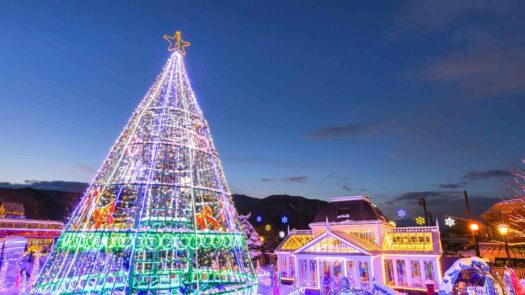
Chichibu Yomatsuri
The Chichibu Yomatsuri, or Chichibu Night Festival, is another event centred around floats and fireworks. It takes place on 2nd and 3rd December each year and celebrates the city’s sacred Chichibu Shrine. Although parades are part of many of the best festivals in Japan, Chichibu’s floats stand out for the beautiful bonbori (paper lanterns) that adorn them. The fireworks show is also particularly impressive, lighting up the sky for more than two hours.
Need to know: The express train between Tokyo and Chichibu only takes about 90 minutes, so you can easily arrange a day trip from Japan’s capital to enjoy the festival.
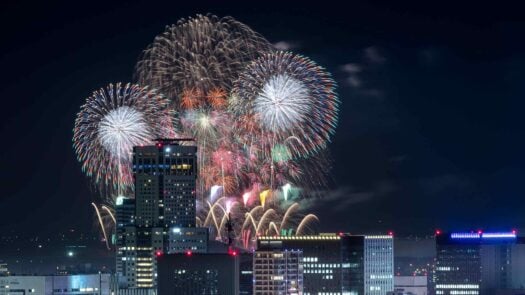
Himeji Yukata Festival
The Himeji Yukata Festival is dedicated to the yukata: a thin cotton kimono that’s a mainstay of traditional Japanese fashion. It’s one of the most popular summer festivals in Japan, attracting about 200,000 people every June and featuring hundreds of fantastic food stalls. It’s also Japan’s oldest yukata festival, having been celebrated for more than two and a half centuries. Make sure to stop by the grand Himeji Castle as well if you’re in town for the event.
Need to know: Although it’s not mandatory to wear a yukata, most visitors do – and we highly recommend following suit.
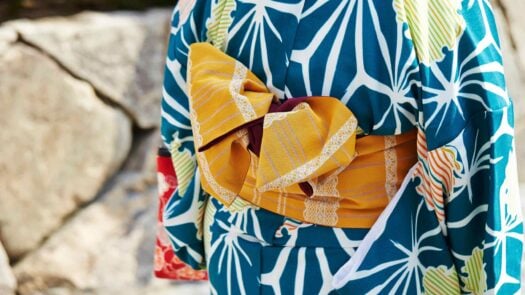
Kanda Matsuri
This renowned festival originated in the 1600s to celebrate an important military victory and the peace that followed. Today, however, the Kanda Matsuri is dedicated to the three deities of the Kanda Shrine. It features a massive parade, musical performances and hundreds of mikoshi: portable shrines that are carried through the streets of Tokyo. Each one represents a different neighbourhood of the city, and is transported on the shoulders of its residents.
Need to know: The Kanda Matsuri takes place in mid-May in odd-numbered years only, alternating with the Sanno Matsuri in even-numbered years.
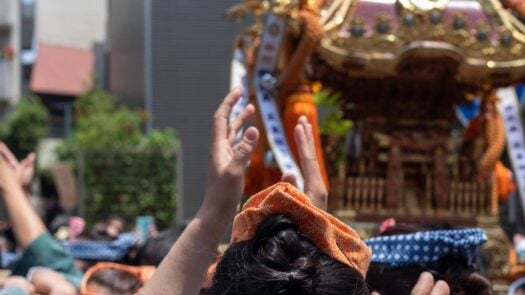
Takayama Festival
Most Japanese festivals are held once a year, but the Takayama Festival is actually celebrated twice: once in spring (14–15 April) and once in autumn (9–10 October). Its setting is the wonderfully well-preserved old town of Takayama, with the festivities focusing on the Hie Shrine in spring and the Hachiman Shrine in autumn. The celebration includes a procession of elaborate floats, some of which boast mesmerising karakuri ningyo (mechanical puppets).
Need to know: The main attraction of the Takayama Festival is the parade that takes place on the first night, but both days are packed with additional events to enjoy.
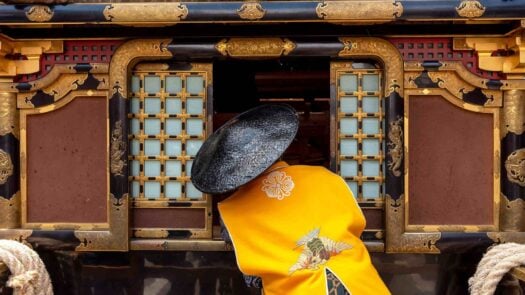
Tenjin Matsuri
If festivals are your priority, the summer months of June to September are the best time to visit Japan – and the Tenjin Matsuri alone is reason enough. Held on 24th and 25th July in Osaka, this celebration honours Sugawara no Michizane, a 10th-century scholar who’s the god of learning (Tenjin) in the Shinto religion. It includes traditional music, dancing, costumes, prayers, rituals, fireworks and a spectacular procession that moves from the streets to the Okawa River.
Need to know: Because this is such a popular festival, it gets very crowded. Show up early to snag a good spot, or go during the day to avoid the crowds that gather for the main parade.
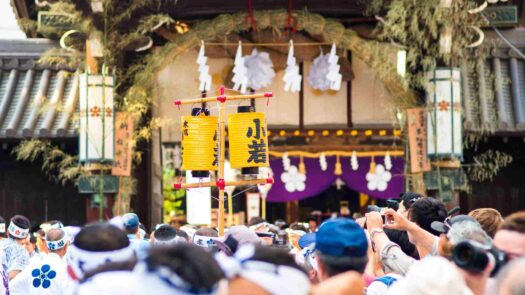
Hakata Gion Yamakasa
Celebrated each year in the first half of July, the Hakata Gion Yamakasa shares a common theme of many Japanese festivals – processions of beautiful floats – but takes it to a whole new (and competitive) level. In the early hours of 15th July, seven towering Kakiyama floats are carried through the streets of Fukouka’s Hakata district by teams of men in traditional outfits, racing each other to complete the five-kilometre course as quickly as possible.
Need to know: In addition to the portable Kakiyama, there are also even larger decorative floats called Kazariyama on display.
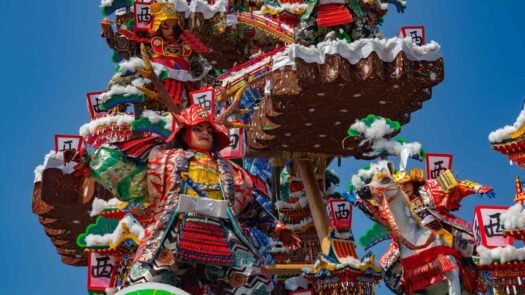
Discover Japan's famous festivals
Immerse yourself in Japan’s most famous and unforgettable festivals. From the historic streets of Kyoto to the snowy landscapes of Sapporo, each festival offers a unique glimpse into the heart of Japanese culture.
